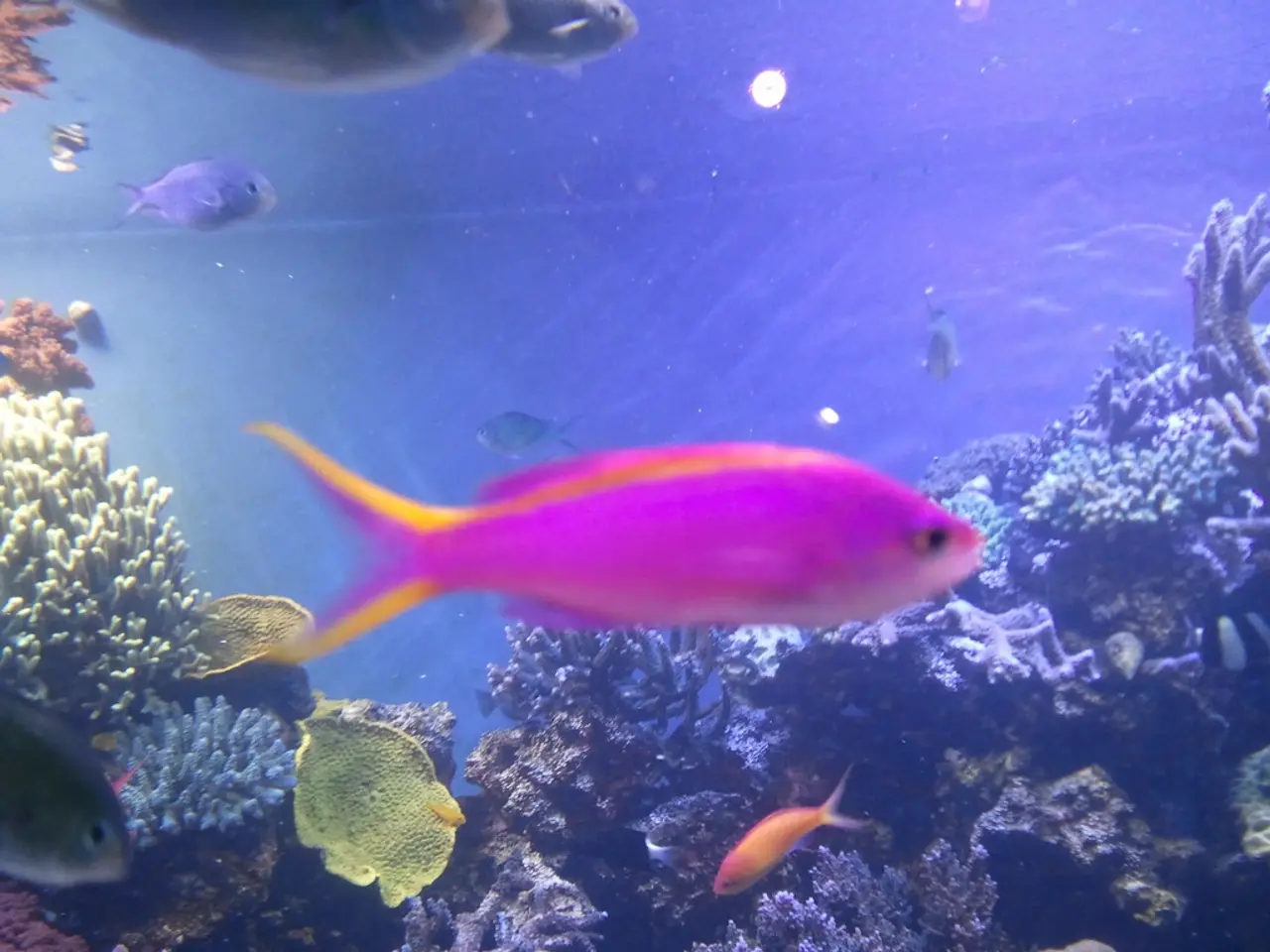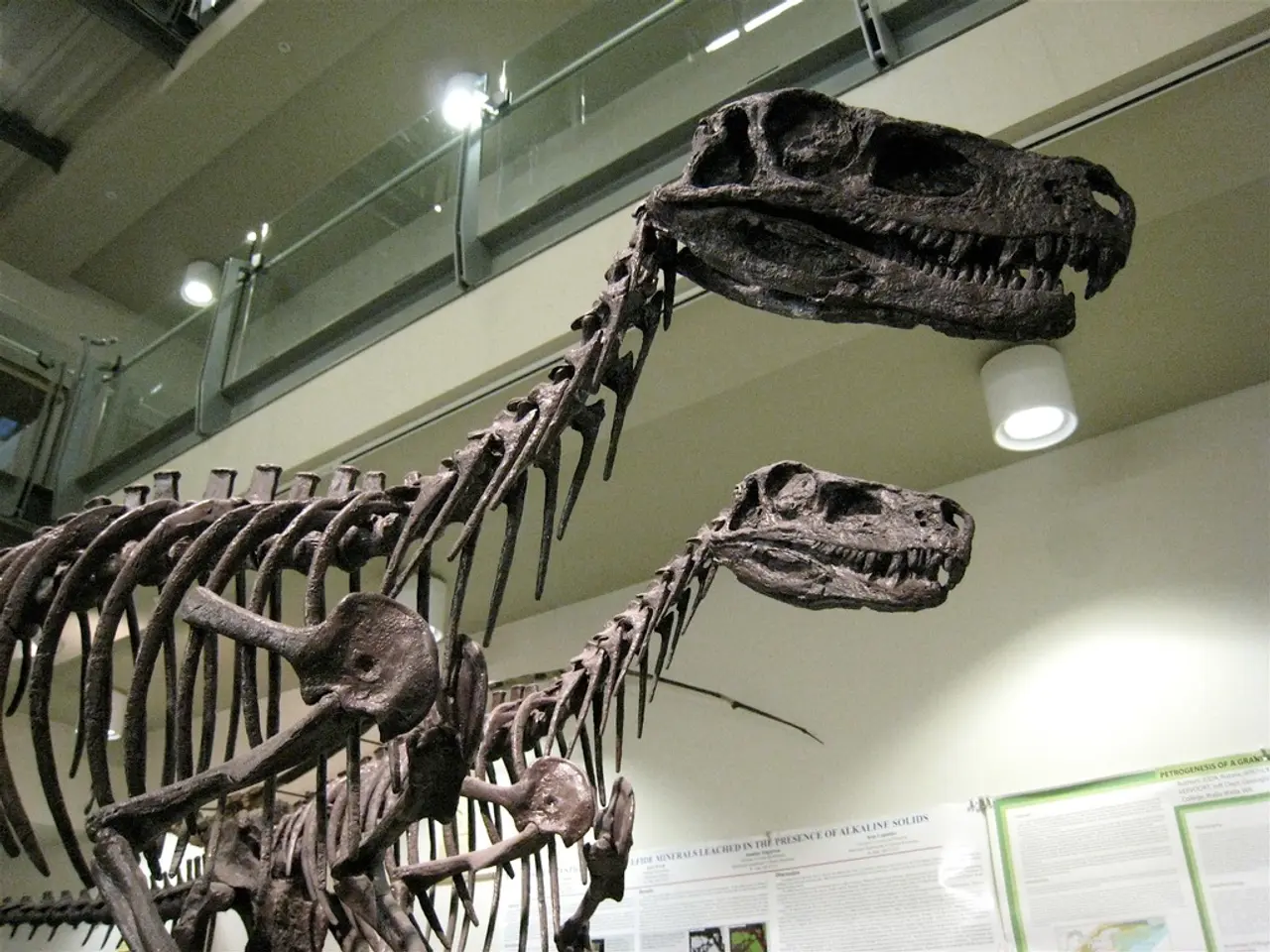Harmful algae are transforming South Australia's coral reefs into submerged cemeteries, with no sign of abatement in the foreseeable future.
The coastline of South Australia has been grappling with a harmful algal bloom since March, causing widespread marine mortality, economic harm to fisheries, and significant damage to the unique biodiversity of the Great Southern Reef.
The algal bloom, primarily caused by a combination of human-driven factors and environmental conditions, is dominated by the native plankton species Karenia mikimotoi. This alga produces toxins and consumes oxygen, creating a dead zone detrimental to marine life.
The bloom has been fuelled by several factors, including marine heatwaves and ocean warming driven by climate change, nutrient pollution from river runoff and human activities near Adelaide, and the relatively shallow waters, poor water exchange, and calm marine conditions of the Gulf of St Vincent.
The crisis has resulted in the death of approximately 15,000 animals from over 450 species, including common bottlenose dolphins, leafy seadragons, longfinned worm eels, surf crabs, warty prowfish, and razor clams. The sight of a dead dolphin on a local beach serves as a stark reminder of the devastating impact of the algal bloom on South Australia's natural beauty.
The economic impact of the bloom is valued at almost 480 million Australian dollars ($315 million). Many fishers have lost their livelihoods due to the absence of fish in about a third of the state's waters, and the seafood industry, including seafood processors, transport companies, grocers, and restaurants, is also affected.
The bloom has devastated South Australia's fishing industry and transformed underwater ecosystems, turning once-thriving reefs into barren seascapes and severely harming kelp, seagrass, and shellfish reefs that normally filter nutrients. The algae have poisoned more than 4,500 square kilometers (1,737 square miles) of the state's waters.
Experts emphasize the need to reduce greenhouse gas emissions and manage nutrient runoff to mitigate such blooms in the future. The South Australian government, along with the Prime Minister's government, has announced a support package of 14 million Australian dollars ($9.2 million) to help with the cleanup and economic fallout from the ecological crisis.
This event is regarded as a warning sign of escalating ecosystem stress linked to climate change and pollution. The algal bloom is one of the worst marine disasters in living memory, according to a report by the Biodiversity Council. It is considered a "natural disaster" that is different from other disasters familiar to Australians, as it cannot be put out by human intervention.
The crisis is causing a high emotional and mental strain on fishers, many of whom are uncertain about their future recovery. The government needs to do more to prevent and protect against future algal blooms, particularly by cutting carbon emissions and protecting marine habitats like kelp forests, seagrass meadows, and oyster reefs.
- The harmful algal bloom in South Australia, primarily attributed to environmental conditions linked with climate change and human activities, has posed a significant threat to the region's health-and-wellness by posing a risk to marine life, causing economic harm to fisheries, and affecting the unique biodiversity of the Great Southern Reef.
- The devastating environmental impact of climate change, as exemplified by the algal bloom, necessitates collaboration between climate-change and environmental-science sectors to develop proactive strategies for reducing greenhouse gas emissions and managing nutrient runoff, thus mitigating recurrences of such ecological disasters in the future.
- As the algal bloom in South Australia highlights the detrimental consequences of climate change on marine ecosystems, it underscores the urgency for medical-conditions researchers to consider the potential long-term health effects on local communities whose livelihoods depend on the fishing industry and whose lives are emotionally and mentally impacted by such environmental catastrophes.




